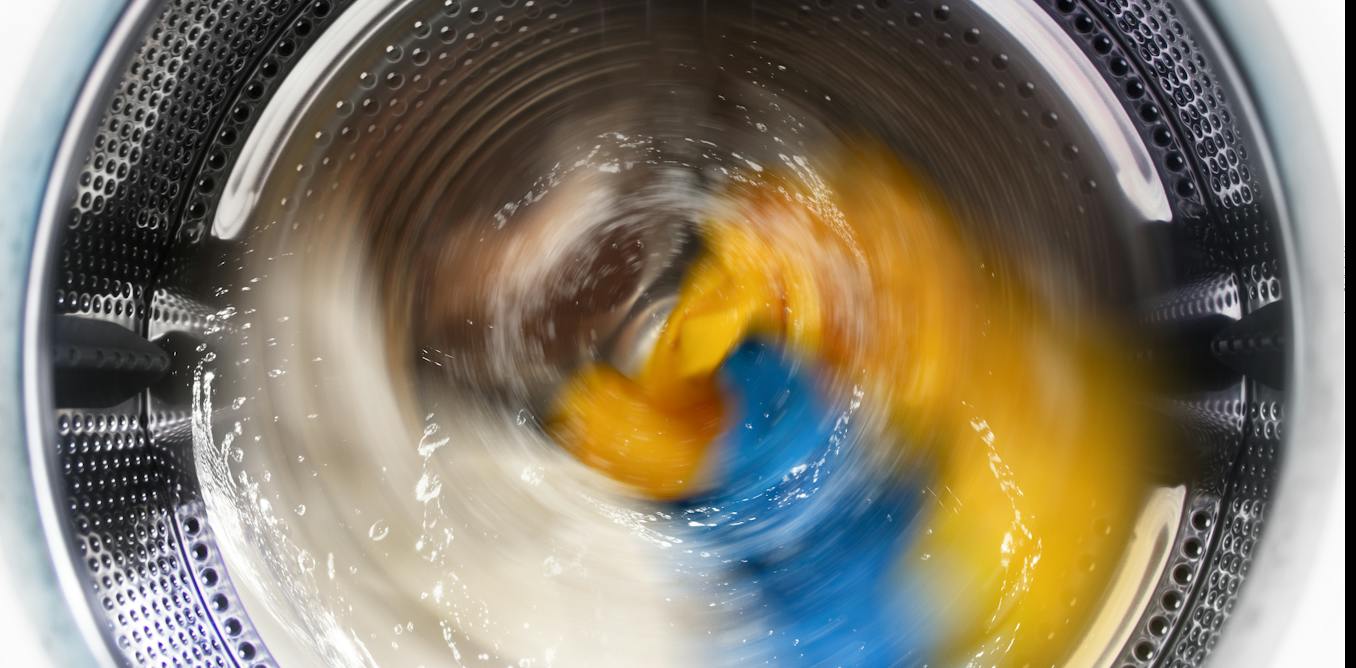The most common microplastics in the environment are microfibers—plastic fragments shaped like tiny threads or filaments. Microfibers come from many sources, including cigarette butts, fishing nets and ropes, but the biggest source is synthetic fabrics, which constantly shed them.
Textiles shed microfibers while they are manufactured, worn and disposed of, but especially when they are washed. A single wash load can release several million microfibers. Many factors affect how many fibers are released, including fabric type, mechanical action, detergents, temperature and the duration of the wash cycle.



Yes, my cotton shirts and pants are the problem. Yup.
I used to work for a company that made precast concrete parts. One of the things they made was the faux stone walls that go around some fancy neighborhoods. They are poured into a mold, and one side of the mold has a plastic insert for the stone pattern. The plastic inserts, which are larger than any piece of plastic in your house, are used to make one wall and then they are tossed. This is one small company, and it’s an example of the plastic waste we don’t see or even think about, while we are told that our clothes are being washed wrong.
They said synthetics, not natural fibers.
Right, but they also said “washing clothes”.